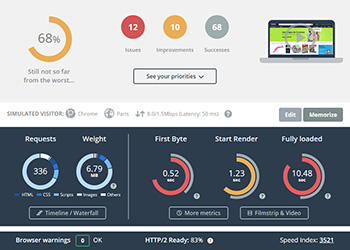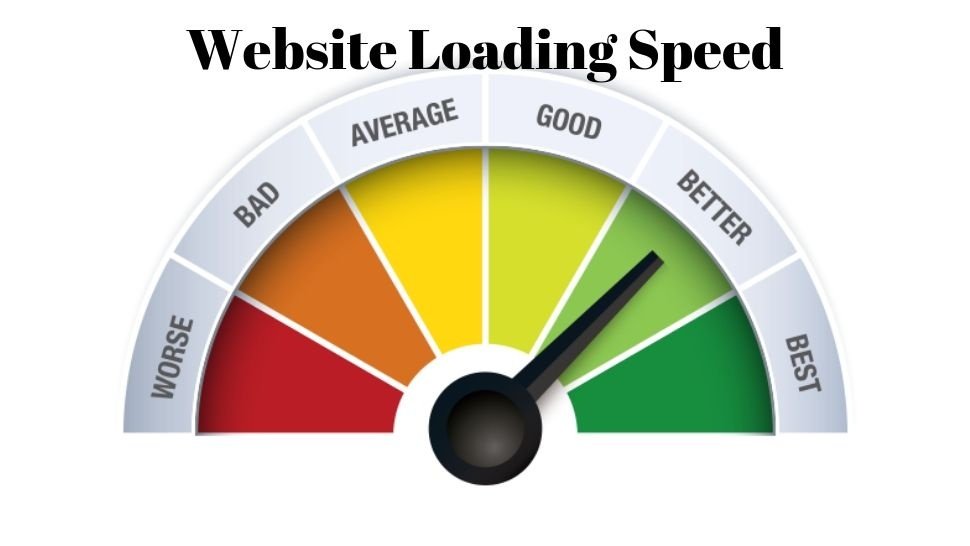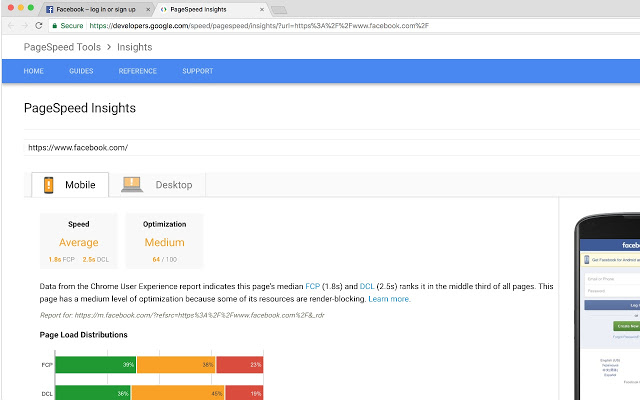Do you frequently go for your website speed test? If not, then you must know that speeding up your website is very important. In the year of 2006 Amazon released a report regarding the speeding up of its website. They reported there that in each 100 milliseconds, they usually speed up the website. As a result, they receive a 1% boost up in revenue. Just after this, Google also announced the website speed improvement which provides better search results. Moreover, many other surveys also show that once second of delay in any page loading affects the reputation of the website. As a result, it yields-
- 16% reduction in customer satisfaction
- 11% fewer page views
- 7% loss in conversions
So, here in this article, we will provide every detail regarding the page loading speed, website speed test, and so on.
What is the website speed test?
When we are discussing it, at the very first we must know what is the website speed test? This test mainly helps to analyze the performance metrics of internet access. Mainly, it checks the latency and connection data rate. You must go for this to get the details regarding maintaining the strict and proper budget for web performance.

What is the Website Speed Test tool?
This tool is a full-page speed test that people can use from 10 different places throughout the world. It allows us to measure and test the performance of any type of HTML page. If you don’t go for this test at a particular period, your website will face problems like a breakdown in loading time, content size, and requests.
In addition, people also use this website speed test tool to assess their website performance and for the improvements.
How fast is fast enough for your website?
First of all, you have to be clear how fast is fast enough for your website. Optimizing the speed of your website is a hedonic process. It is mostly like running on any treadmill as you will get the chance of improvement forever. So you must know the exact line where you will be satisfied. Before all these, you must know about these following guidelines:
- 7+ seconds = very poor
- 3-7 seconds = average
- 1-3 seconds = above average
- Below 1 second = perfect

These benchmarks came as a result of some studies. It shows that 47% of users want a page to load within just two seconds. And 57 % of people just leave the website if a page takes time more than 3 seconds to load. So, if your page takes some more extra seconds that will create a huge impact in engaging visitors and making money. So, be aware!
Why server optimization is important?
Whenever the number of visitors will start to increase in your site, they will ask for comfort and prompt service. In this situation, the following problems start to take place. Sometimes,
– website pages load slowly
– website is unresponsive for several times
– server reaches down during flow of customers
These indicate the server is congested and is unable to function properly. As a result, the website’s availability reduces which is harmful to your business. So, to overcome these, server optimization is very much vital.
Get some more information:
Page Speed Insights:
PSI or Page Speed Insights mostly report on the work of a page and is capable to work on both desktop and mobile devices. It also gives suggestions about the improvement of your website. Page speed insight also provides both the field and lab data of a page. Lab data is important for debugging the performance issues whereas field data is valuable for stocking real-world user experience.

What is customer optimization?
Customer optimization is an approach to customer experience. It is a unification of identity and brand message throughout channels and across the entire life cycle of the customers. The aims are consistency and quality for every interaction.
5 tips on how to speed up your website
Let’s go and read on the top 10 tips about the ideas for speeding up your website.
1. Use a CDN:
Using Content Delivery Network popularly known as CDN is one of the best ideas to boost up the speed of your website. Just host all your media files on a CDN to speed up your site. By doing this you will be able to save almost 60% of bandwidth. Moreover, it helps to half your website’s request number. A CDN mostly hosts your media files throughout the huge server network in the world. In this way when a visitor of your website uses the site from Japan, he will download the files from the closest server to them. The reason is the spread bandwidth across different servers. Using CDN also lessens the load of a single server and also guards your website against traffic spikes and DDoS attacks.
2. Enable Keep-Alive:
Users mostly send the keep-alive signal at predefined intervals and it plays a vital role in the world of the Internet. After sending a signal, if you do not receive any reply you have to be aware at right that moment. It means either the link is down or the future data has taken another route. For that, you have to take a different path until the link is up again. Moreover, HTTP Keep-Alive helps TCP connections to stay alive and it also helps to lessen the latency for consequent requests.
3. Minimize your codes:
Removing CDATA sections, empty elements, HTML comments, and white spaces helps your website to become user friendly. Basically, these help to reduce the page sizes and the network latency and of course, speed up the page loading time.
4. Avoid bad requests:
Most of the time, broken links provide the result as 404/410 errors. These are the reason for several wasteful requests. So firstly, fix your broken URLs.
5. Optimize images and image dimension:
In most of the cases, a browser starts to render a page while the images are still loading. So, a specific image dimension is helpful for wrapping around the irreplaceable elements. If you do not mention any specific dimension beforehand, your browser will start to reflow after the images are already downloaded. So, it is very important. Along with this, image optimization is also very vital. Sometimes, images include extra comments and also use unnecessary colors. So try to keep the images in a minimum size if your internet connection is slow. In that case, it will help your website to boost up the speed.
Except for all these 5 most important ideas, we will provide yours with some more points which will help you to pass easily in your website speed test. Let’s continue.
Some more tips to pass the website speed test-
- Minify and combine files
- Defer JavaScript loading
- Minify the time to the first byte
- lessen server response time
- select the accurate hosting option
- Enable browser caching
Conclusion:
If you once get about the matter of page loading time, you will easily able to know the exact place of your website. Maybe it is a little bit challenging. But it will provide a positive and significant impact on the performance of your site. There is also something to remember. Yes, all of these tips can help you to pass in your website speed test but don’t try all of them together. Just focus on the main factors and pursue the necessary steps to get them back into shape.